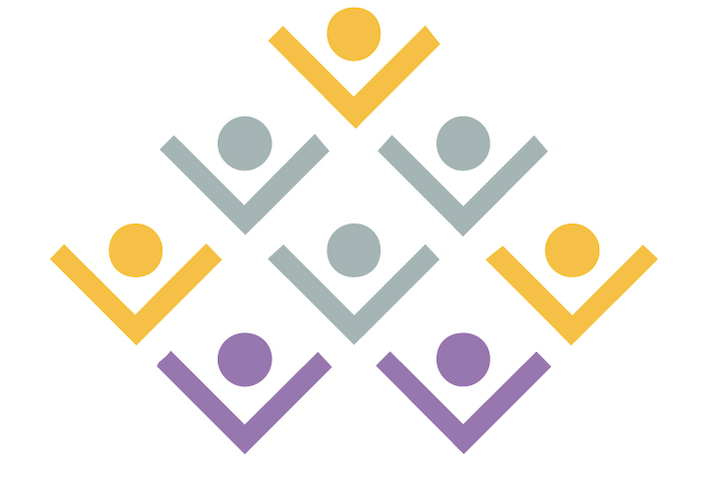Why Kids Need Yoga Now More Than Ever
We all know that kids need to move. We all know that kids need to express themselves.
We also know the current age of pandemic lockdown, social distancing, and remote learning is raising anxiety levels for everyone.
Kids’ brains are developing and working on overtime to comprehend their surroundings while also understanding their position in the world. Kids are now limited with how they play on playgrounds, play dates, and social interactions (if they get to have any of these at all).
Kids are the next generation of leaders and parents. It does none of us any good to not intervene and help our kids however we can to teach them inner strength, resiliency, emotional intelligence, and personal power.
Yoga is a great tool that can allow kids to move in a full range of motion, get their heart rate up, and tap into deeper feelings they may not be able to recognize otherwise.
Leading your child through a fun yoga practice may feel frustrating from time to time as the child struggles with the strength one pose needs or the balance another pose requires. A child’s outburst is an opportunity to learn about balance, flexibility, problem-solving, and resiliency in the face of a challenge.
As their guide and caretaker in their yoga practice, be patient, and model a calm demeanor when frustration occurs over a pose.
It’s not fair to assume a child can approach a new skill or movement practice without a few tumbles that lead to frustration as someone whose brain has fully developed could, right? The more you can help the child breathe, feel, and express the challenge in his/her/their own language, the better you can help him/her/them identify physical sensation, emotions, and language use. This builds resiliency for overcoming challenges. And it starts with you modeling the same.
Better yet, focus the yoga practice on the process of story creation and mindful movement. This is when a kids’ yoga practice takes on a larger meaning. As much as we want them to move and get their energy out in a safe manner, we want them to feel happy, create a safe space to be themselves, and be creative. Allowing them to co-create the yoga practice will boost their confidence and ease their anxieties in a world that disrupts their sense of authority as they navigate the social rules of pandemic life.
The next stage of kids yoga is honing the attention of the mind on a deeper level to how they feel off the mat into daily life.
Imagine your child has a test one day and you ask how she/he/they are feeling about it, the yogi-child will have the skills to self-identify emotion and the physical sensations that accompany it. The child may say “nervous” and then say “my heart is beating fast” or “my stomach feels topsy-turvy.”
Guide the child to mindful breathing to feel an easy control over the present moment.
If the child can feel the breath and pay attention to it, the mind cannot get lost in other thoughts that cause anxiety. Offer an affirmation “I am strong” that he/she/they felt in a yoga pose and suggest how he/she/they can feel it while sitting and breathing. There will be carryover if you seek it out.
You will find that kids’ yoga has a range of benefits from building physical strength, flexibility, and balance, honing mental awareness of sensation, developing emotional intelligence, and creating resiliency in the face of frustration or anxiety. You also will have the added bonus of connecting in a special activity that will enhance the well-being of both of you and your relationship.
Let’s be there for our kids. Let’s show them how to problem-solve, have fun, be creative, and be self-compassionate in a single activity. Kids’ yoga is a remarkable tool for helping our kids become the best inheritors of the future.
For ideas on how to get started, check out How to Teach Kids Yoga.
